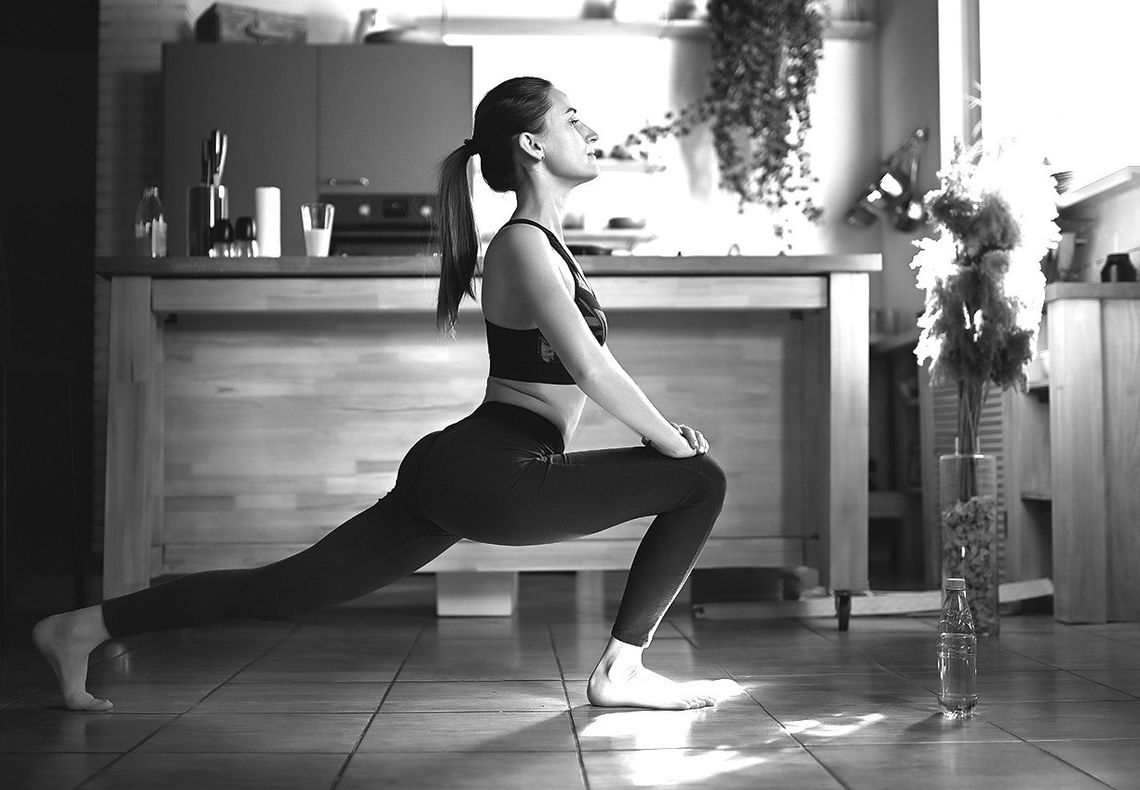Nearly everyone knows that exercise is important, but stretching is equally essential to a healthy body. Stretching is one component of maintaining flexibility throughout life. Flexibility is important because it can reduce injury risk. The Mayo Clinic says stretching can help improve range of motion, and this can benefit the body in many ways. Stretching may help improve athletic performance; a person’s ability to perform daily activities; increase blood flow to muscles; and enable muscles to work most effectively.
Stretching is key but it should be done correctly. Harvard Health says that while it might be tempting to jump right into stretches, safety is needed to maximize flexibility and reduce the chances of being injured by stretching inappropriately. These tips can help individuals stretch effectively.
• Stretching is not a warm-up. A person can get injured if he stretches cold muscles. Before stretching, warm up with light walking, jogging or biking at low intensity for five to 10 minutes; otherwise, stretch after the workout when muscles are warm and ready.
• Don’t be pained. Stretching should only be done to the point of mild tension, and never to the point of pain. Always stop stretching immediately if there is any pain.
• Stretch daily. If possible, stretch daily to keep up with flexibility and maintain range of movement.
• Move slowly into stretching. Gradually move into stretching positions, and never jerk or snap suddenly into position.
• Aim for stretching symmetry. Stretch both sides of the body similarly. It’s a goal to have equal flexibility side to side, but keep in mind that genetics may make one side more flexible than another.
• Don’t bounce. Bouncing while stretching can injured muscle and actually contribute to tightness.
• Breathe while stretching. Always breathe through stretching; do not hold your breath.
• Pay attention to form. Poor posture can cause muscles to shorten and tighten. Therefore, do not counteract stretching by using poor posture while sitting, standing or moving. Those who have concerns about posture can work with a physical therapist to learn strategies for improving posture and flexibility.
Stretching is a key component of a healthy lifestyle and a great way to reduce risk for injuries that can curtail exercise plans.







